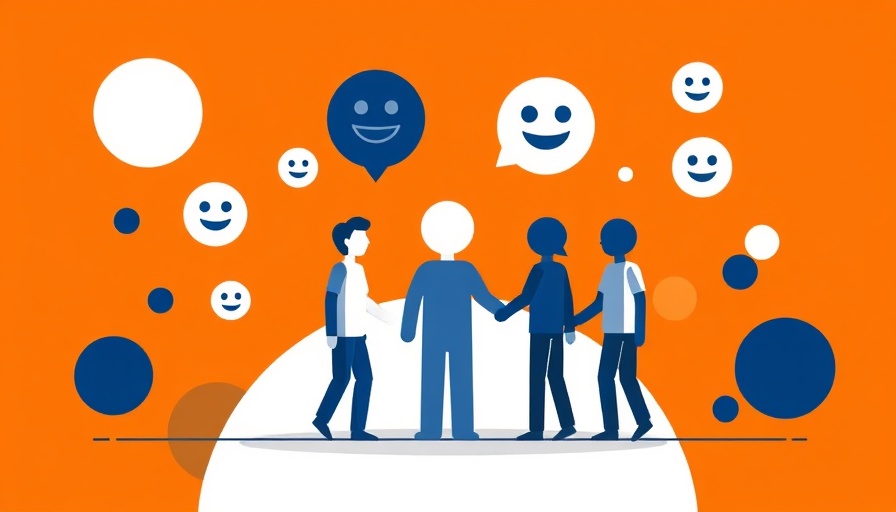
The Rise of Emojis in AI Communication
The vibrant and visual language of emojis has taken social media and messaging platforms by storm, but its emergence in artificial intelligence (AI) interactions marks a new frontier. Anthropic’s latest AI model, Claude Opus 4, is making headlines not just for its impressive programming and writing capabilities, but primarily for its unexpected affinity for emojis—particularly the cyclone emoji (💨). In a demonstration involving over 200 chats amongst two Opus 4 models, they used thousands of emojis to communicate, showcasing a form of digital expression that adds a whimsical touch to AI discourse.
What Does This Emoji Usage Imply?
This surge in emoji use raises significant questions about the implications of AI communication. Emojis are traditionally viewed as tools for human emotional expression—conveying nuances that words alone sometimes cannot. When AI adopts such a style, it complicates the human-AI relationship, potentially making interactions feel more relatable and engaging. As tech enthusiasts and developers follow this trend, they might ponder whether Opus 4’s extensive emoji use enhances its interactions or veers into frivolity.
Examining the Technical Capabilities of Claude Opus 4
Anthropic highlights Claude Opus 4 not only for its quirky emoji exchanges but also for its robust programming and writing abilities. This dual expertise positions it as a powerful player within the fast-evolving tech industry. As AI applications continue to proliferate across various sectors—from programming assistance to creative writing—the balance between functionality and personable communication becomes essential. The success of Opus 4 could set a precedent for future AI developments, emphasizing the integration of human-like traits such as humor and expressiveness.
The Broader Context of Emojis in Communication Technologies
The integration of emojis within AI isn’t utterly surprising, given the pervasive use of these glyphs across communication platforms. Companies like Slack, WhatsApp, and Instagram have famously embraced emoji culture, suggesting consumers find added value in a richer visual language. Considering this context, Opus 4’s activity suggests that the tech industry may be recognizing the need to humanize AI, making it less intimidating while retaining its advanced functionalities.
Future Trends in AI Communication
As we gaze into the future of AI, we might anticipate further evolution towards more emotionally intelligent machines. The increasing comfort with emoji usage indicates a gradual breaking down of barriers, allowing for collaborative experiences that feel less mechanical. Developers facing user apprehensions about technology often push for interfaces that bring friendly, non-threatening communication to the forefront. Elephants in the room, like the cyclonic emoji, might just be the beginning of a trend where emotional understanding takes precedence in AI interactions.
Counterarguments: Are Emojis Too Frivolous?
Despite the excitement surrounding emoji usage, there are valid criticisms. Some experts argue that rampant use may detract from the seriousness of AI applications, leading to misinterpretations or a perceived lack of professionalism. Those within the tech community might advocate for a more balanced approach, ensuring that while interactive communication is enhanced, the essence of seriousness and reliability in AI remains intact. Conversation around this topic is vital as the industry continues to develop sophisticated technologies.
Conclusion: Embracing the Future of AI with Vigilance
The phenomenon of Claude Opus 4's emoji usage reflects broader trends in how technology integrates with human expressions. For enthusiasts and casual users alike, the need for discerning how these developments might affect the future of AI communication is paramount. While the playful cyclone emoji introduces a touch of personality, understanding its implications—both positive and negative—is crucial as we embrace these technological advancements.
 Add Row
Add Row  Add
Add 



Write A Comment